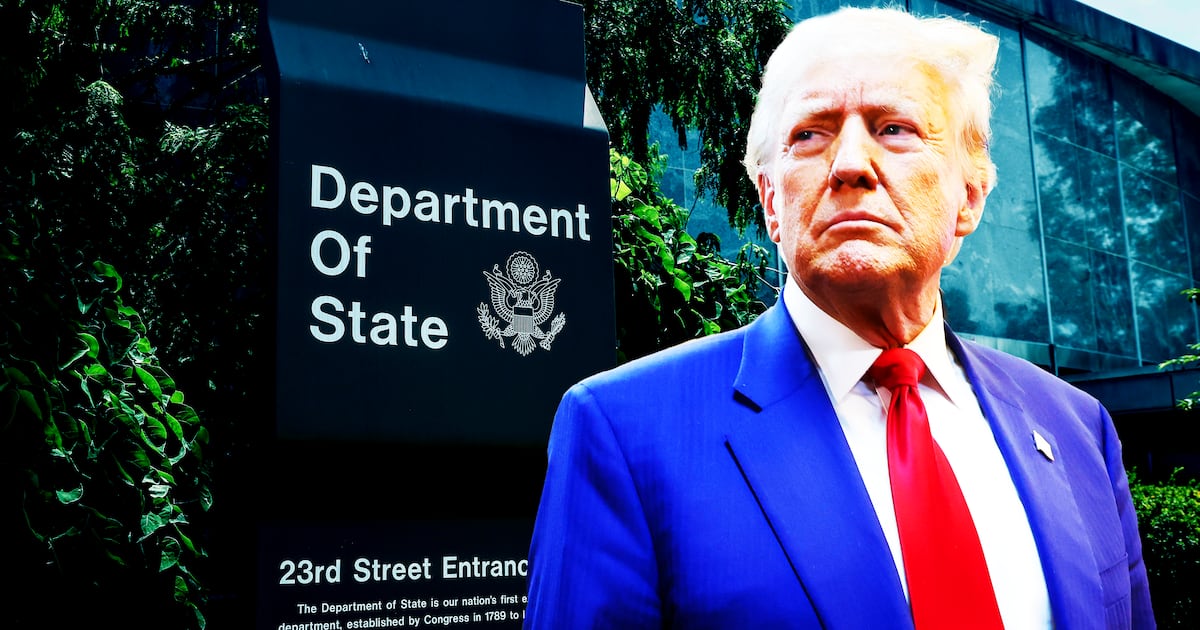This is part of our weekly series, Lost Masterpieces, about the greatest buildings and works of art that were destroyed or never completed.
One hundred years ago this month, the Ohio city of Cincinnati made a fateful decision.
The city’s voters, by a majority of almost six-to-one, approved a bond issue to provide about $6 million of public money toward the construction of a two-track, 16-mile loop subway system.
It would be one of the first subway systems in the U.S., and would help connect a booming residential population south to the thriving downtown of what was then one of the 15 biggest cities in the country.
This decision would come to haunt the city for decades, indeed up to the present day. Despite the initial enthusiasm behind the project, it soon faltered under financial strains, political counter-pressures, and even the trickle-down effects of World War I.
A dozen years after it was originally approved, the project was abandoned. One hundred years later, the shell of a subway tunnel still lies beneath the city’s streets, empty and unfinished.
The idea for the mass transit system originally emerged in 1912. A county rapid transit commission was formed, and a series of potential routes were developed.

After revisions and refinements, the 16-mile loop proposal was put to the voters in April 1916. The proposed route would be a combination of subway tunnels through much of downtown and surface-level and elevated tracks passing through 20 stations in the city’s existing and fast-growing neighborhoods, particularly those in the flatlands to the north of the hilly city center.
Though this proposal was originally estimated to cost $12 million, the bond only called for taxpayers to provide $6 million. The rest of the costs would be covered by the Cincinnati Street Railway, the city’s streetcar operator and presumptive lessee of the new loop of rail infrastructure.
The city would use its $6 million in bond money to secure rights of way and build tunnels and bridges, and the streetcar company would then finish the buildout of the stations and operate the trains.
But the funding hit a wall in 1917, when the U.S. officially entered World War I. In an effort to free up money for the war effort, Congress prohibited the sale of municipal bonds, and Cincinnati’s $6 million bond was suddenly in question.
A subsequent series of lawsuits over the money delayed its availability until 1920, when construction finally began.
By this time, inflation and materials costs had virtually ensured that the $6 million would not be enough to finish the project. Hesitant over the rising costs, the Cincinnati Street Railway never signed the lease to finish or operate the subway system. The city began building anyway.
Two miles of tunnel through downtown were finished by the end of 1922, but funding was running low. Lawsuits over cracked foundations and crumbling houses along the route had cut even deeper into the budget.
Meanwhile, Prohibition had pummeled the local economy, which had been propped up for decades by numerous local breweries and saloons. After the tunnel work was finished and a few of the above-ground stations were built over the next two years, the project stalled.
Cincinnati author Jake Mecklenborg wrote the subway’s comprehensive history, Cincinnati’s Incomplete Subway: The Complete History. In a recent interview on the Talking Headways podcast, Mecklenborg explains that the city tried a few more times to pass another bond issue to fund the project in the early 1920s, with little luck.
By 1925 the original $6 million in bond money ran out. About half of the loop’s right of way had been constructed as tunnels and surface pathways, and three underground stations were built, but no rail had been laid.
Then, a revolt shook the political establishment in Cincinnati, supplanting a string of cronyish and like-minded city leaders with a staunchly anti-subway mayor, elected in 1926. By 1928 the project was abandoned.
Though a number of proposals to complete or revise the system were made in the following years, none ever gathered enough support. There have even been proposals to reuse the tunnel for non-transit projects.
“We’ve had people approach us about using the tunnel for everything from grain malting, to a water bottling operation, to nightclubs—you name it,” Michael Moore, director of transportation and engineering for the city of Cincinnati, recently told Next City.
Most of Cincinnati’s loop rail line has since disappeared. The surface sections have been bulldozed and covered over by interstate highways and a local expressway.
About all that remains of the project is the roughly two-mile subway tunnel running under Central Parkway on the edge of downtown.
In the years since the project was abandoned, the tunnel has served at least some purpose, holding an aging water main and conduit carrying fiber-optic cables.
In the Cold War years, one of the underground stations was even retrofitted to serve as a bomb shelter.
A proposal emerged in 2002 to include the tunnel and parts of the original loop system in a new countywide light rail system, but the idea was shot down, with 161,000 votes against the project far outnumbering the 96,000 in support. (A separate 3.6-mile streetcar system is set to open downtown Cincinnati this year.)
Some argue that the bones of this long-dead transit system could still be used for their original purpose. Mecklenborg, the top authority on the unfinished project, is hopeful that it may yet be revived.
“It’s just waiting there. It will be there for another hundred years without much repairs, waiting for its inevitable first train,” Mecklenborg said in the recent Talking Headways interview. “When that happens it’s going to be a great albatross lifted from the city’s psychology.”






